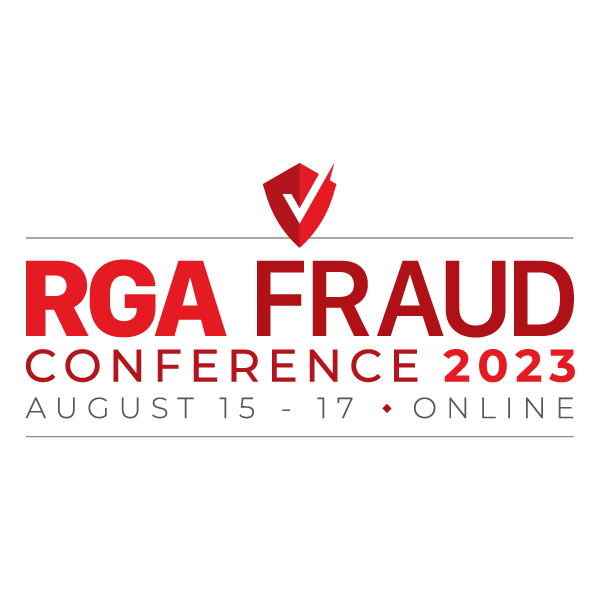Risk assessment is often described as both a science and an art.
The scientific aspect demands collecting evidence through investigation to reach a fact-based conclusion, while the process of filling in information gaps through experience, interpretation, and even gut instinct comprises the “art” of underwriting. This dualistic definition may be particularly applicable to assessing fraud risk for life insurance applicants. Fraudsters work to exploit the very information gaps that underwriters endeavor to fill.
Fertile Ground for Fraud
As the industry moves to greater automation in underwriting, the need for scientific evaluation of new information to defend against fraud becomes more pronounced and the art of risk assessment more refined.
The growing use of digital data and accelerated platforms has spawned a new generation of products with fewer traditional underwriting requirements, such as medical exams and lab tests, creating new uncertainties. In addition, online forms can increase the omission of relevant information, whether intentional or not. Such automation cuts out the professional advisor, who is no longer there to guide the consumer on what information to provide and the importance of including details. Looking ahead, emerging technologies such as ChatGPT could usher in a new era of unknowns and sophisticated new schemes for fraudsters to deploy. Bottom line: Fraud prevention today requires greater vigilance than ever.
Financial underwriting may be particularly vulnerable to fraud amid this evolving insurance landscape. An inability to identify the potential total line of coverage intended for an applicant leads to a significant blind spot in the underwriting process, opening the door for intentional or unintended omissions and explicitly fraudulent behaviors.
Knowing the amount of in-force coverage and pending insurance applications is critical to financial underwriting. Today, insurers rely on the agent or applicant to provide this information, but the data they provide cannot be independently verified. If questions arise, underwriters, producers, and consumers are often subjected to the burden of a time-consuming exchange of emails and phone calls, hoping to uncover the necessary details, often to no avail. The result: inaccurate pricing of risk, early claims, lost revenue, and litigation expenses for insurers.
Fortunately, collaborative use of shared data offers a solution.
An Industry-Wide Solution
In 2020, TAI, the market leader in reinsurance software and consulting services, teamed up with MIB, an industry leader in data insights and digital solutions for risk assessment, to create an unprecedented data vault to serve the North American insurance industry. TAI administers about 75% of reinsured in-force business in the U.S. Meanwhile, MIB’s Insurance Activity Index (IAI) represents nearly 100% of pending applications in North America in near real-time. Combining TAI-MIB data provides a comprehensive picture of an individual’s in-force and pending coverage.
The data is housed in the MIB Data Vault, a persistent, contributory data base that is updated monthly. The MIB Jumbo ServiceSM, the first solution created from the vault, launched in 2021 and provides a powerful new tool for detecting coverage limit breaches well before claims time, when it may be too late. The MIB Total Line ServiceSM, which has been in production since February 2023, delivers fraud protection on the front end.
As its name suggests, the Total Line Service reports an applicant’s total amount of in-force and pending life insurance coverage, as well as a variety of policy information such as terminated coverage, all at the time of underwriting. This fact-based, tangible data can be directly applied to the underwriting review process, offering underwriters a unique view into patterns and behaviors that may warrant further investigation. The solution automatically alerts underwriters to potential non-disclosure, misrepresentation, and fraudulent intent, as well as uncovering suspicious application trends among consumers or agents. Greater awareness can help prevent overinsurance, anti-selection, and fraudulent behaviors such as stacking1 and churning2.
Beyond preventing negative outcomes, the Total Line Service also enables positive business enhancements by streamlining workflow processing for financial underwriting. It facilitates direct-to-consumer initiatives by providing an additional data point to help ensure accelerated and simplified issue cases are not poor risks. While guarding against overinsurance, insurers can also use the tool to identify underinsured consumers and offer them protection they need. Likewise, in addition to uncovering any bad actors among agents, insurers can identify preferred agent partners.
Keys to Data Collaboration
The MIB Total Line Service demonstrates the power of shared data in preventing fraud. It also highlights three key elements for implementing any collaborative data project: - Cost-Effectiveness – minimizes IT investment by leveraging existing MIB and TAI system connections to simplify integration
- Ease of Implementation – facilitates contracting through brief amendment to existing MIB and TAI agreements and streamlines onboarding through secure data transport
- Flexibility – allows insurers to set filters for alerts based on their own level of tolerance and thresholds
For more information visit the MIB website. |
The Power of Shared Data
In its first few months in operation, the Total Line Service is highlighting expected issues and generating unexpected insights, such as a high level of early lapses among rapid applications. While targeting known challenges such as stacking and churning, the solution’s foundational contributory database promises to reveal unforeseen issues to address and opportunities to pursue. These discoveries are possible only by bringing data together in a shared resource, and this is the initiative’s most important lesson to learn for an industry evolving to meet changing consumer needs.
Consider this: The MIB Data Vault today consists of data from nine carriers, totaling close to 20 million records. Those nine insurers have reported significant benefits, from detecting breach violations through the Jumbo Service to identifying omissions and fraudulent activity on the front end with the Total Line Service. How much will data vault contributors benefit when the number of participating carriers expands? More data means more insights, and greater scale will continue to close the gaps in insurers’ understanding of insurance in-force and important policy information. The MIB-TAI partnership confirms that the challenges facing the industry can best be overcome together, through companies and organizations with aligned incentives collaborating and sharing resources.
As for the science and art of risk assessment, the Total Line Service could enhance both. In making elements of the underwriting process more scientific through the power of data, it promises to free up underwriters themselves to readily pursue the art of their profession and take on challenging cases to discover new ways to provide insurance coverage for applicants now considered uninsurable.
RGA invites you to join with industry colleagues to learn more about ways to prevent insurance fraud at the 11th annual RGA Fraud Conference on August 15-17, 2023. This year’s event will be virtual and will feature leading experts from around the world.
1 Stacking: A policyholder pursues multiple small policies to increase coverage, while reducing underwriting scrutiny, by exploiting limited age and amount requirements.
2 Churning: An agent replaces a client’s current policy with a different insurer containing the same or similar coverage to generate additional commissions.





